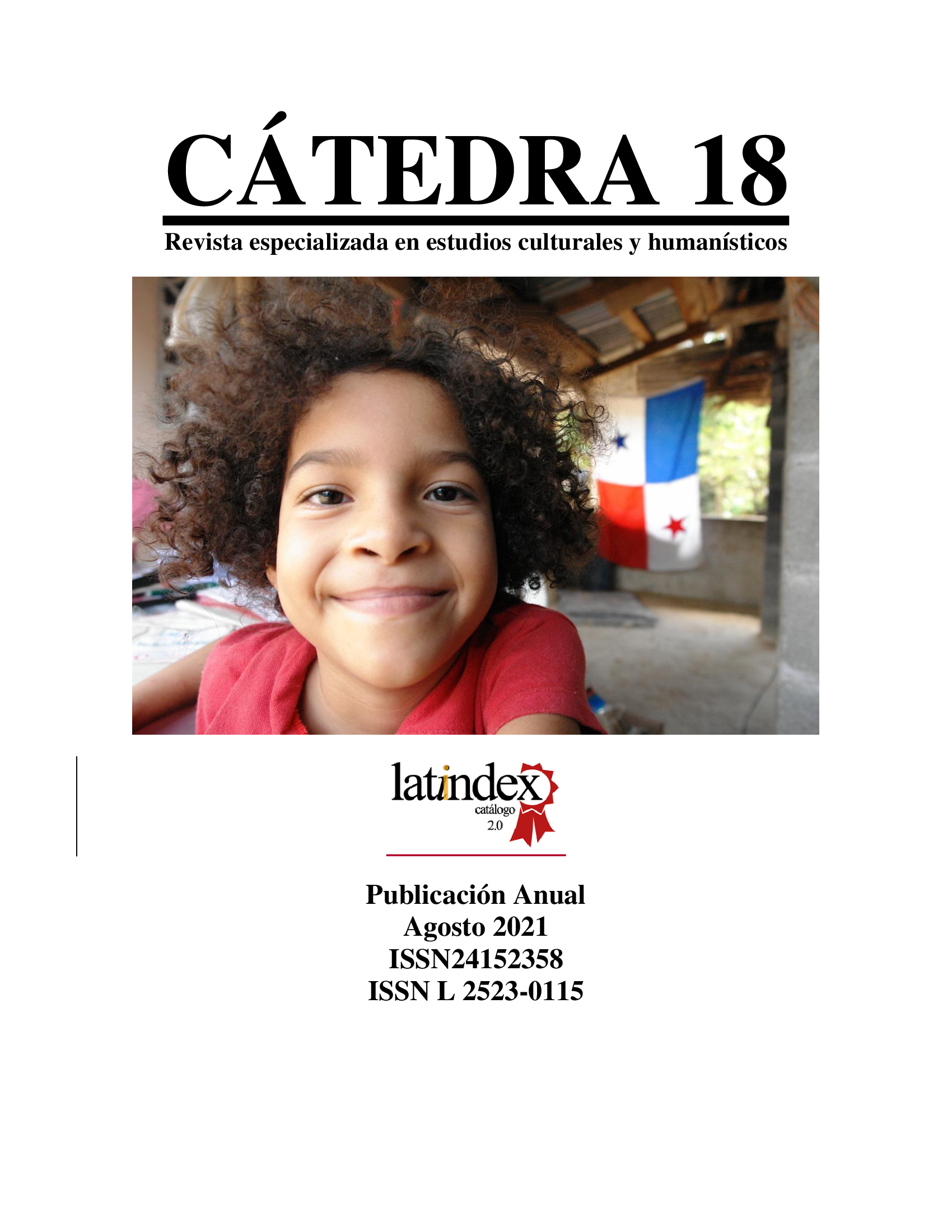

In this article we explore the advantages of an underwater archaeological chart for the protection of Panama's underwater cultural heritage (UCH), following the recommendations of the Rules and Annexes of the UNESCO 2001 Convention (of which Panama is the first country to ratify) regarding the importance of heritage inventories. In several countries of Latin America and Europe, great advances have been made in the management, research and protection of the UCH, which have served as a model for this project, adapting it to our reality. In Panama there are documented archaeological sites that are closely related to bodies of water. The underwater archaeological sites are protected by national laws and international conventions that protect them and serve as a legal framework where archaeological law and work are integrated. The underwater archaeological heritage is vulnerable, as there is no plan of action or interest from the competent Panamanian authorities, resulting in the birth of PANAMAR, with a strong theoretical component in Public Archaeology. The tool is composed of a database and a geographic information system, fed mostly by documentary sources in the European historical archives (sixteenth to twentieth century), bibliography and part of the interviews we conducted on Colon Island in Bocas del Toro and Guna Yala Archipelago. The result of PANAMAR is a geographical, temporal and cultural inventory of 50 references to shipwrecks that tell us about at least 92 possible underwater archaeological sites (wrecks) in the Panamanian Caribbean. The tool groups data such as ship identification, chronology, causes of the shipwreck, ship architecture, data on navigation routes, rescues or plundering and historical and ethnographic documents.